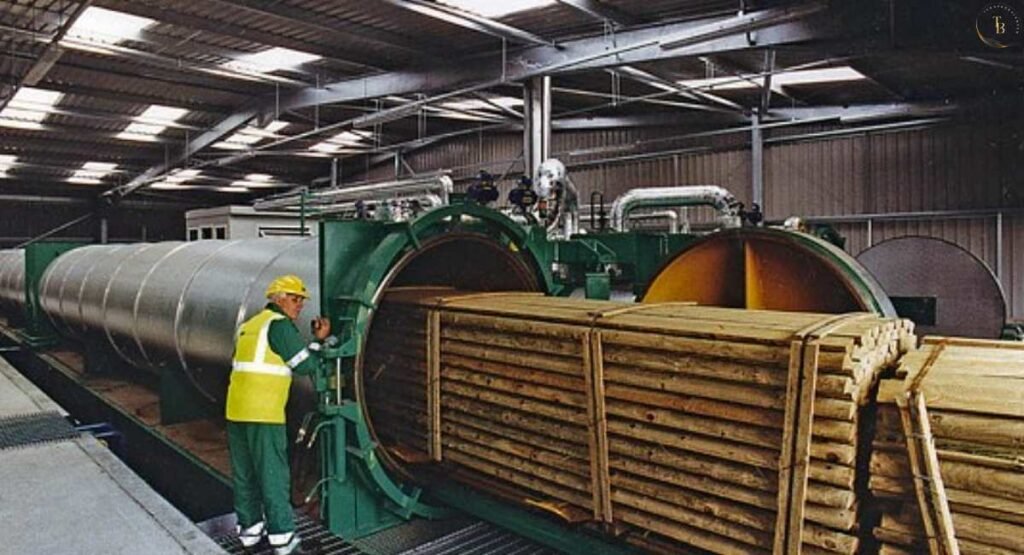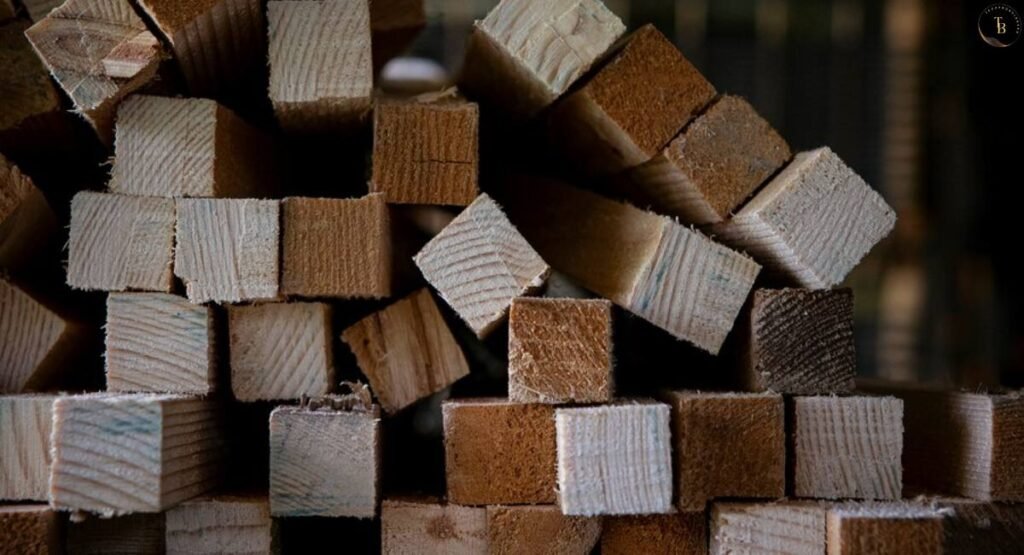Chromated Copper Arsenate (CCA) treated wood has been a staple in the construction and outdoor industries for decades due to its durability and resistance to pests and decay. This type of wood treatment involves the infusion of a chemical preservative consisting of chromium, copper, and arsenic into the wood to prolong its lifespan, especially in outdoor environments. This comprehensive guide will explore the details of CCA-treated wood, its uses, health risks, safety measures, and essential facts to provide an in-depth understanding of this material.
What Is CCA?

Chromated Copper Arsenate (CCA) is a chemical compound used as a wood preservative. The components of CCA—chromium, copper, and arsenic—each play a specific role in protecting wood:
· Chromium: Helps bind the chemicals to the wood, ensuring the preservative remains effective.
· Copper: Acts as a fungicide, preventing the growth of mold, fungi, and other microorganisms that can cause wood rot.
· Arsenic: Functions as an insecticide, deterring wood-destroying insects like termites.
Due to its ability to withstand harsh environmental conditions, people have widely used CCA-treated woods for various applications, such as decking, playground equipment, landscaping timbers, and utility poles.
Is CCA-Treated Wood Still Used Today?
Many countries, including the United States, have significantly restricted using CCA-treated woods, especially for residential applications. As of December 31, 2003, the U.S. Environmental Protection Agency (EPA) mandated that manufacturers could no longer use CCA to treat wood intended for residential use, such as decks, play structures, and picnic tables. This decision was based on concerns about potential health risks, particularly for children.
However, industries and agriculture still use CCA-treated woods in settings where human contact is less frequent. They use it for utility poles, highway guardrails, and specific marine applications. These uses are permitted because the wood’s superior resistance to decay and pests is critical for these applications.
What Are the Health Risks from CCA-Treated Wood?

Exposure to CCA-treated wood poses several health risks, primarily due to the arsenic content. Arsenic is a known carcinogen and can cause various health problems upon prolonged or repeated exposure. The health risks associated with CCA-treated woods include:
· Skin Contact: Handling CCA-treated woods without protective gear can lead to skin irritation. In severe cases, arsenic can be absorbed through the skin.
· Inhalation: Sawing, sanding, or burning CCA-treated woods releases toxic fumes and dust, which can be inhaled, leading to respiratory issues and increasing the risk of lung cancer.
· Ingestion: Accidental ingestion of arsenic-contaminated soil or direct contact with treated wood can cause serious health problems, including gastrointestinal distress, nerve damage, and an increased risk of various cancers.
How Can I Reduce My Exposure?
Reducing exposure to CCA-treated woods is crucial to minimizing health risks. Here are several measures to protect yourself and your family:
· Use Protective Gear: Always wear gloves, long sleeves, and eye protection when handling CCA-treated woods.
· Avoid Burning: Never burn CCA-treated wood, as it releases toxic arsenic fumes.
· Seal the Wood: Apply a sealant to exposed CCA-treated woods surfaces to prevent the leaching of chemicals. Reapply the sealant regularly.
· Proper Disposal: Dispose of CCA-treated woods according to local regulations. Do not reuse it for food contact projects like garden beds or compost bins.
· Wash Hands: After handling CCA-treated woods, thoroughly wash your hands and any exposed skin.
Protecting Your Health from CCA-Treated Wood

People have widely used Chromated Copper Arsenate (CCA) treated wood for its ability to resist decay and pests. However, its chemical composition raises significant health concerns. To safeguard your health and your family’s health, it’s essential to understand the risks associated with CCA-treated wood and adopt protective measures. This article provides detailed information on how to minimize exposure and protect your well-being.
The Risks of CCA-Treated Wood
CCA-treated wood contains chromium, copper, and arsenic—chemicals that can pose serious health risks:
- Chromium: While it helps preserve wood, prolonged exposure can cause skin irritation and other health issues.
- Copper: Though less harmful, excessive exposure can lead to health complications.
- Arsenic: The most concerning component, arsenic, is a potent carcinogen. Long-term exposure can lead to severe health issues, including skin lesions, developmental effects, cardiovascular disease, neurotoxicity, and diabetes.
Health Risks Associated with CCA-Treated Wood
Exposure to CCA-treated wood can occur through:
- Skin Contact: Direct handling of CCA-treated wood without protective gear can cause arsenic absorption through the skin, leading to irritation and other health problems.
- Inhalation: Cutting, sanding, or burning CCA-treated wood releases toxic dust and fumes, which people can inhale, posing risks such as lung cancer and respiratory issues.
- Ingestion: Accidental ingestion of arsenic-contaminated soil or sawdust can lead to severe gastrointestinal distress, nerve damage, and increased cancer risk.
Facts About CCA Treated Wood

· Longevity: CCA-treated woods can last for decades, making it a cost-effective solution for long-term outdoor projects.
· Regulatory Changes: Many countries have banned or restricted CCA-treated woods for residential use due to health concerns.
· Alternatives: There are safer alternatives, such as ACQ (Alkaline Copper Quaternary) and CA (Copper Azole), which do not contain arsenic.
· Environmental Impact: Arsenic can leach into soil and groundwater, posing environmental risks. It’s essential to consider eco-friendly alternatives for projects near water sources.
· Identification: You can often identify CCA-treated wood by its greenish tint, though this may fade over time.






